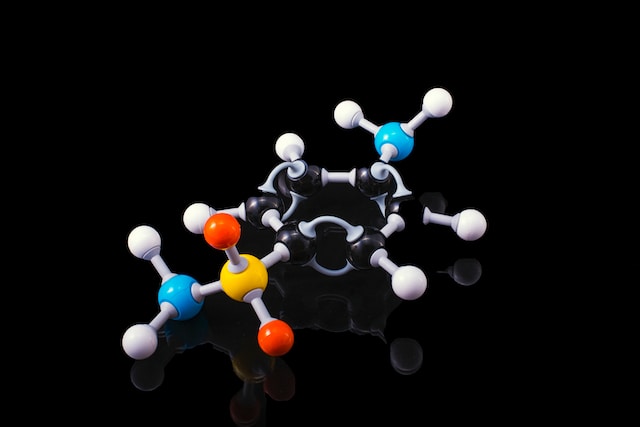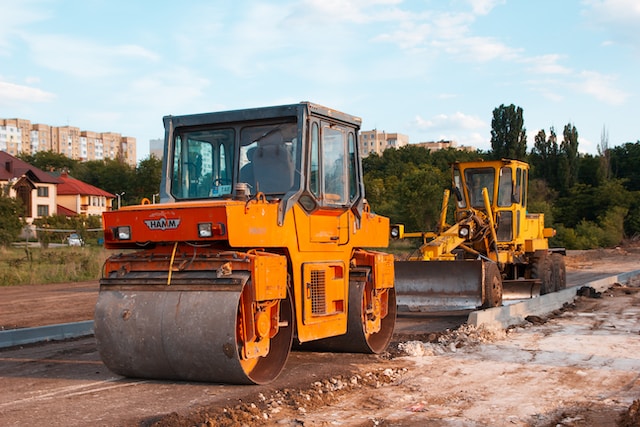Japan Leads in Developing Heat-Resistant Rice
As sweltering summers increasingly threaten global food security, Japan is at the forefront of developing heat-resistant rice varieties. Known for its meticulous agricultural practices, the nation faces a pressing challenge: rising temperatures are causing significant damage to its rice crops, which are a staple of its diet and culture.
Innovative Approaches to Combat Heat
To address this issue, Japanese researchers are heavily investing in genetic modification and selective breeding. Their goal is to create rice plants that can withstand extreme heat, drought, and other adverse weather conditions. By identifying genes that confer heat tolerance, scientists are developing new strains that can thrive in increasingly challenging environments.
Impact of High Heat on Rice Quality
High temperatures interfere with starch accumulation in rice grains, making them appear more opaque and mottled with white flecks. This visual change reduces the rice’s market value and desirability for consumption. Naoto Ooka, who manages rice breeding at Saitama’s Agricultural Technology Research Centre, explains, “The presence of more white, cloudy spots on rice lowers its grade, which negatively affects farmers’ income.”
Research and Development for Resilience
At the centre, researchers collect seeds from various regions in Japan, cultivating and cross-pollinating them to develop more heat-resistant varieties. As climate change continues to intensify, developing resilient crops is essential for ensuring food security for future generations. Japan’s efforts to create heat-resistant rice could play a crucial role in addressing this global challenge.
In light of the impacts of climate change, Japan’s ministry stated that adopting high-temperature-tolerant rice varieties is the most critical step to mitigate the effects on rice crops and prevent potential shortages.
Nidhi is a gold medalist Post Graduate in Atmospheric and Oceanic Sciences.







